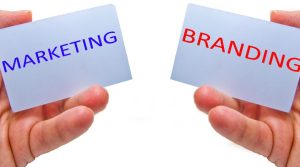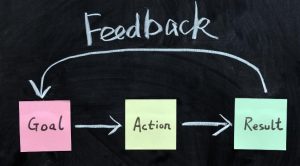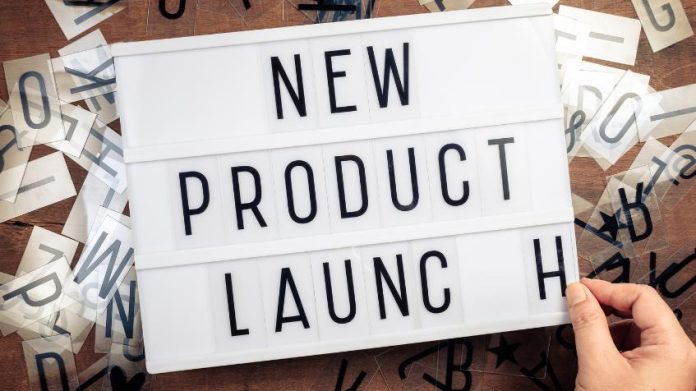Table of Contents
In an age of innovation, bringing a new product to the market is both thrilling and challenging. A successful product doesn’t simply emerge from a great idea. Behind every outstanding creation lies an intricate process of ideation, design, execution, testing, and marketing. While you’re at it, have you ever wondered about the stability of your product? How do you ascertain its shelf-life or ensure that its active ingredients remain effective over time? Let’s dive in.
7 Crucial Things You Need To Do When Creating A New Product
1. Understand Your Audience
Before you even put pen to paper or prototype to production, understanding your target audience is paramount. Who are they? What are their needs? What are the problems that they are facing that your product can address? Recognising these questions can guide the design and functionality of your product.

Once you’ve understood their requirements, it’s essential to determine how your product can resonate with them emotionally. The most successful products often aren’t just tools; they’re experiences. If a customer feels a personal connection or finds a reflection of their values in your product, they’re more likely to be loyal to it.
2. Integrate Stability Storage and Analysis
ICH Stability Storage and Analytical Support is more than just a jargon-laden concept. No matter where you are in the product development journey, stability studies play a pivotal role. They are the unsung heroes that determine a product’s shelf-life and its long-term safety. A lapse in this aspect could result in product recalls, financial losses, and a tarnished brand image. This is why you should partner with an expert who specialises in accelerated storage stability testing, such as Broughton. This allows you to get a high-quality service from an experienced expert.
By ensuring the stability of your product through rigorous studies, you’re also ensuring the efficacy of its active ingredients. After all, a product that doesn’t retain its promised benefits over time is likely to lose customer trust. Not to mention, regulatory bodies might have strict guidelines on product stability, making these studies a non-negotiable aspect of product development.
3. Prototyping and Iteration
A prototype is the physical manifestation of your idea. It’s your first chance to see your product in action, to touch it, feel it, and even test it in real-world conditions. But remember, prototyping isn’t about getting it perfect the first time. It’s about creating a model that helps identify potential flaws and areas for improvement.

The key to a successful product is iteration. Based on feedback from the initial prototype, be prepared to go back to the drawing board multiple times. Each iteration gets you closer to a product that not only meets the standards of design and functionality but also exceeds customer expectations.
4. Focus on Quality Assurance
While speed-to-market is crucial in today’s fast-paced world, it should never come at the cost of quality. Poor quality can lead to reduced customer satisfaction, increased returns, and a negative brand image. Investing in quality assurance processes ensures that the final product is free from defects and meets the set standards.
Various tools and methodologies can assist in maintaining product quality. The objective is to minimise errors and enhance the overall product quality. Engage with experts and invest in training to ensure that quality assurance becomes an integral part of your product development cycle.
5. Effective Marketing and Branding
Every product has a story, a unique narrative that sets it apart. Effective branding is about telling that story in a way that captivates the audience. Whether it’s the inspiration behind the product or the problem it aims to solve, ensure your branding efforts weave an engaging tale.

It’s not just about telling your story; it’s about ensuring it reaches the right ears. Identify the most effective channels for your target demographic. From digital advertising on social media platforms to traditional media like TV and radio, choose the mediums that offer the best reach and return on investment.
6. Sustainable and Ethical Production
With rising concerns about environmental degradation, consumers today are more conscious than ever about the products they purchase. They are keenly aware of a product’s environmental footprint. Adopting sustainable production methods not only reduces this footprint but also appeals to this environmentally conscious market segment.
Beyond sustainability, the ethical considerations of product creation play a significant role in shaping public perception. Fair labour practices, responsible sourcing of materials, and cruelty-free testing are just a few aspects that can enhance the ethical profile of your product.
7. Feedback and Continuous Improvement
No matter how much research and testing you do, there’s no substitute for real-world usage feedback. Once your product is out in the market, actively seek feedback from users. This feedback is a goldmine of information that can guide future iterations and improvements.

Continuous improvement isn’t just about rectifying mistakes—it’s about adopting a mindset. By continuously striving to make your product better, you not only enhance its market standing but also foster a culture of innovation and growth within your organisation.


